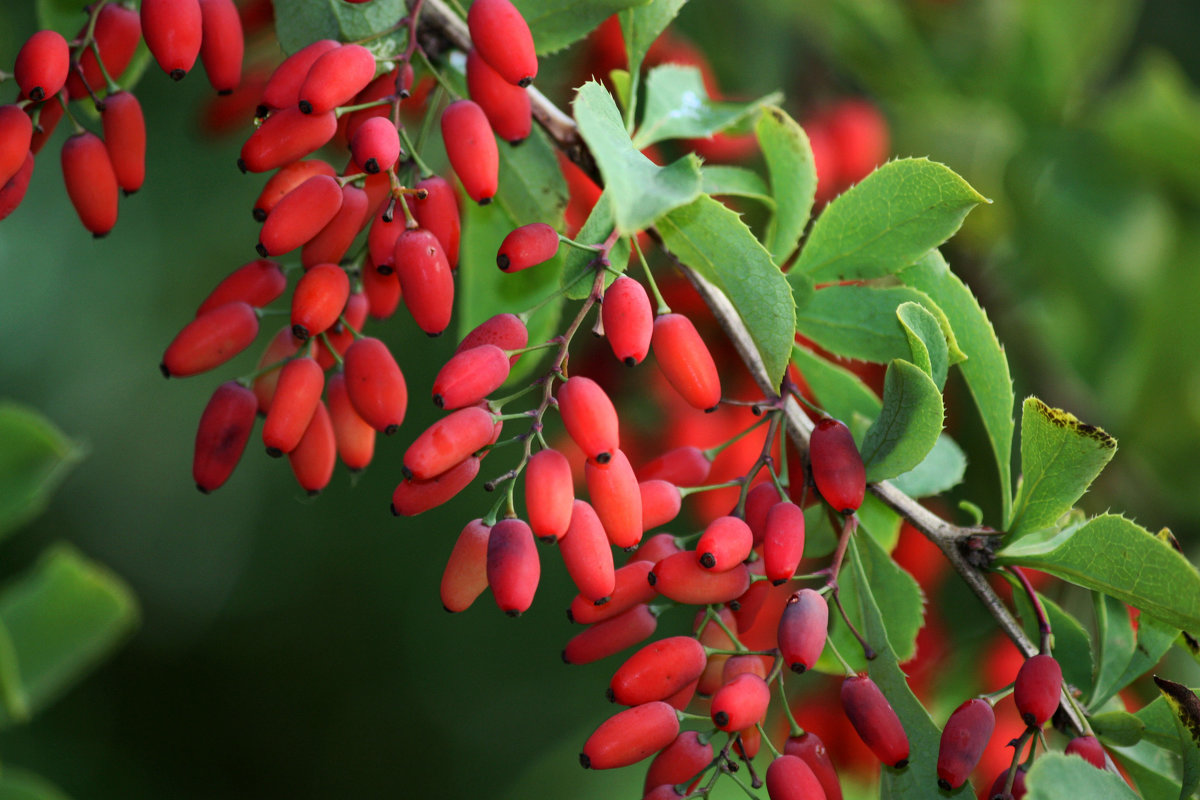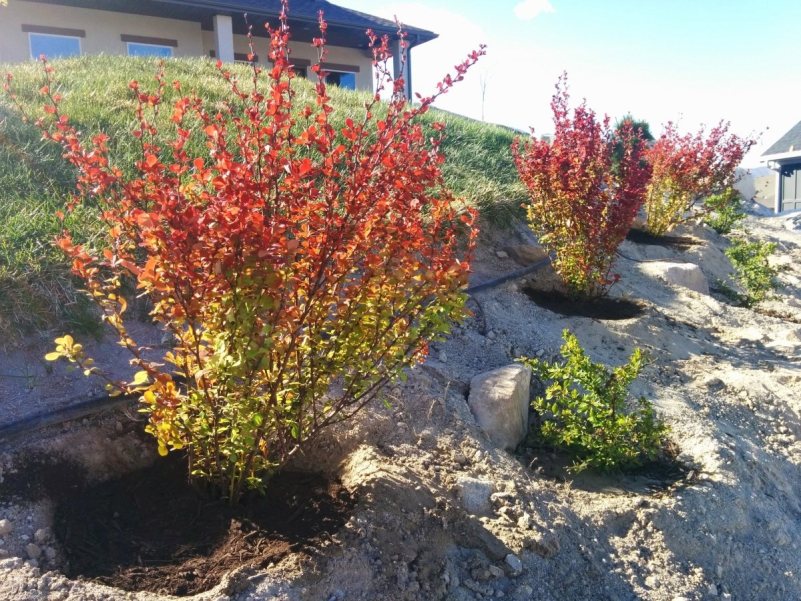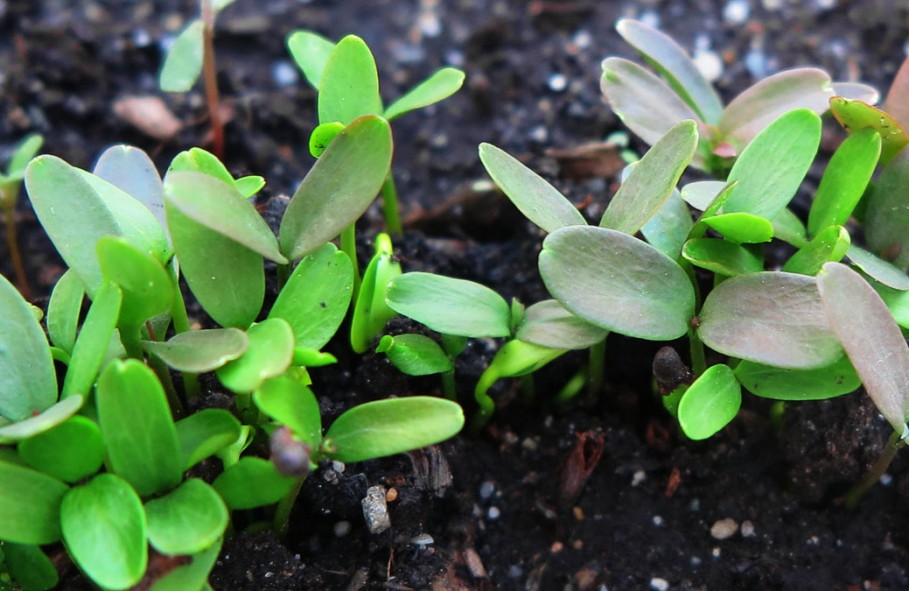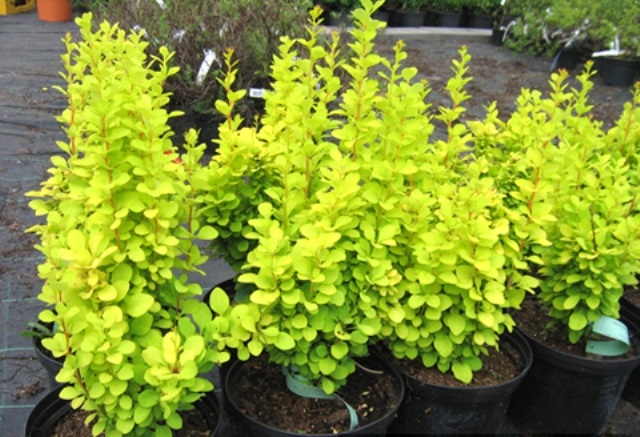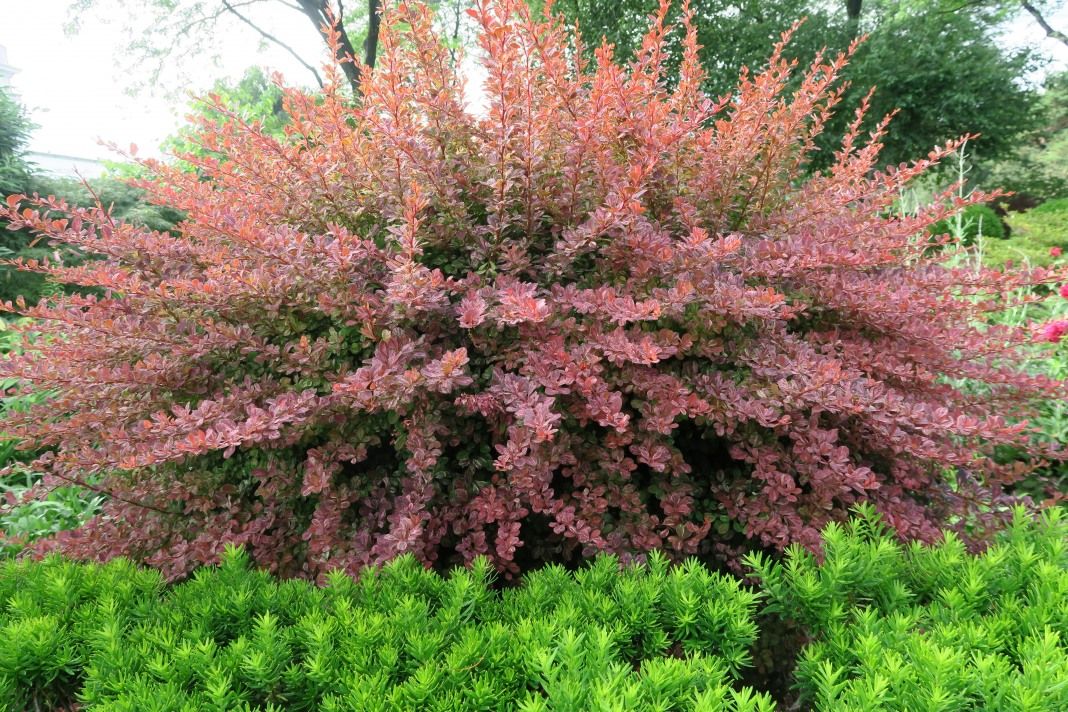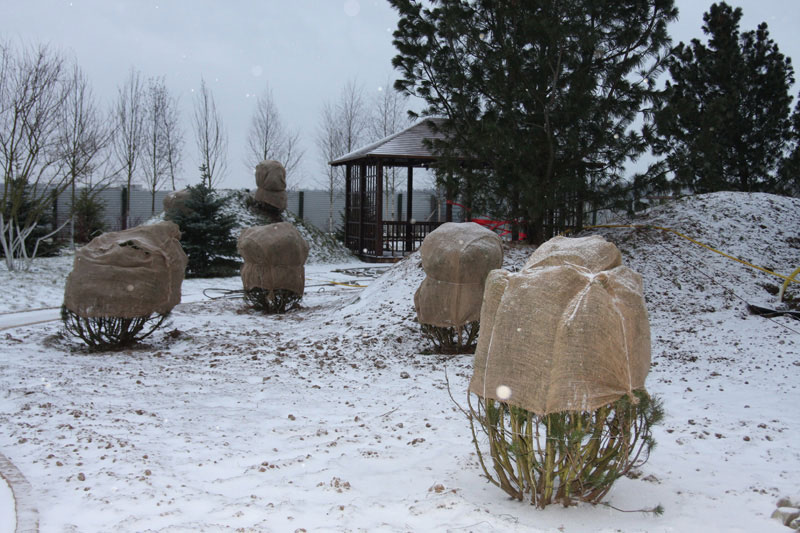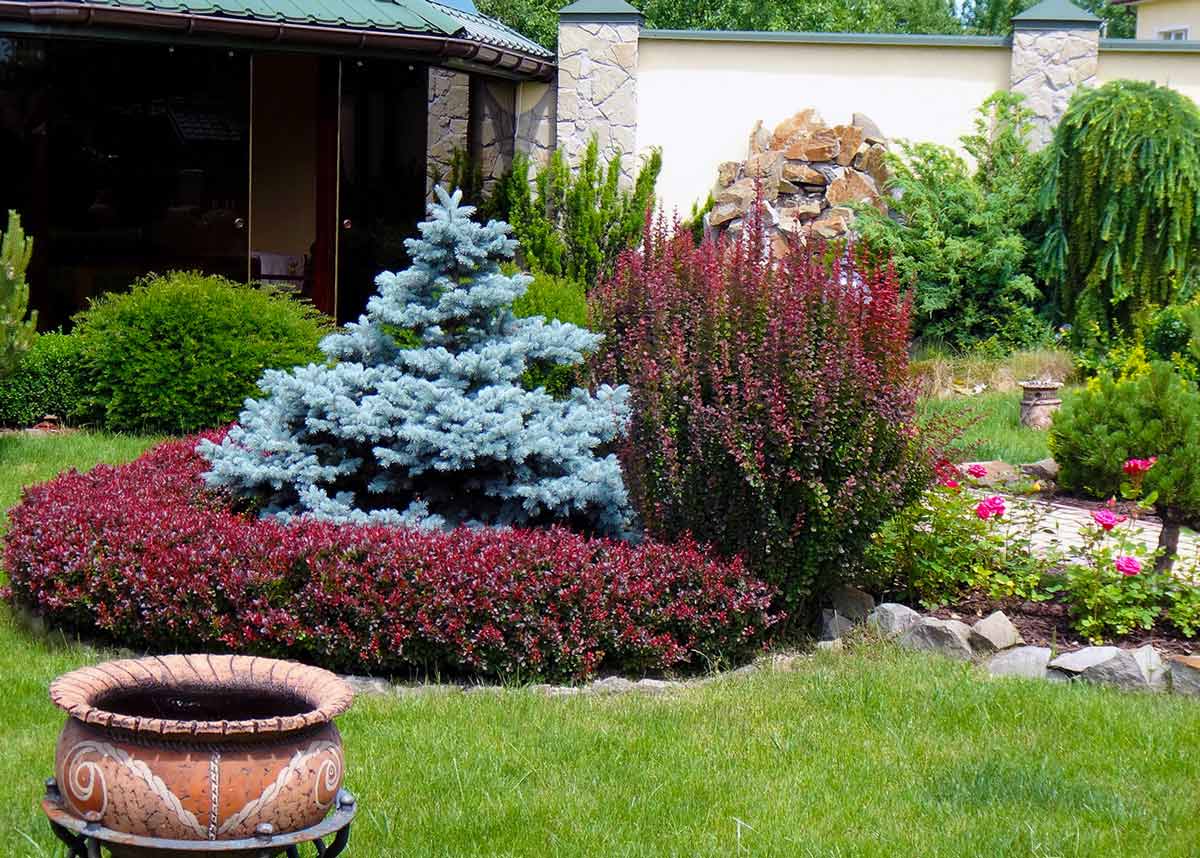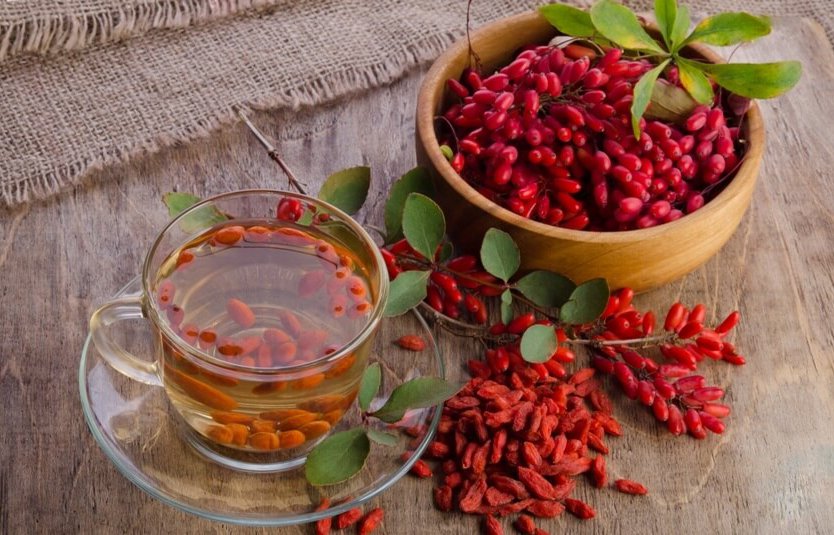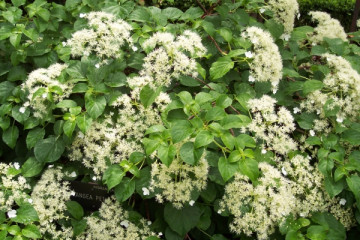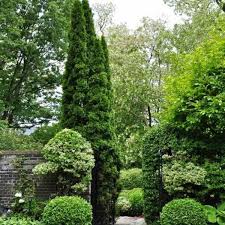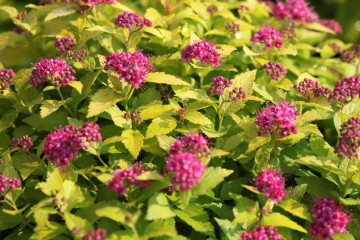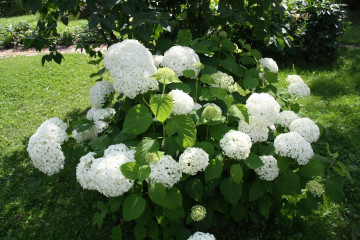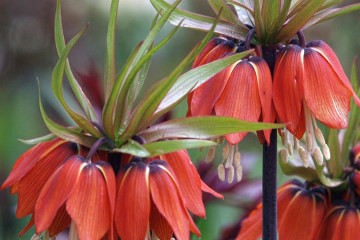Barberry - planting and care in the open field
Content:
Scarlet barberry berries look beautiful and graceful against the background of green leaves. From it you can grow a beautiful hedge or decorate it with branches for a fence, a gazebo, a wall of the house. Common barberry (Berberis vulgari) is grown not only for decorative purposes, but also because its berries are rich in vitamins.
Description of barberry: popular varieties and types
Barberry is a plant that has about 500-600 varieties. They differ from each other in the size of the bush, the length of the branches, the color and shape of the leaves. Berries can also be of different colors: red, yellow, orange, purple, burgundy. There are perennial and annual barberries, tall and undersized. Cultivars have been developed from many plant species.
The most popular types and varieties:
- Evergreen (ordinary) is a tall shrub covered with long, narrow, green leaves. They fall not in autumn, but in spring, when new ones grow. The plant can withstand frosts up to 35 ° C. The shrub tolerates poor, poor soil and gassed air well. Notable varieties: Alba (fluffy leaves and white fruits) and Lutea (yellow berries, only grows in good light).
- Thunberg barberry is a wild-growing shrub in Japan and China. Barberry leaves can be colored red, yellow, green and orange. It is very unpretentious: it easily tolerates frost, drought, lack of fertilizers and even air pollution.
- Tibetan - a tall, spreading tree grows up to 3.5–4 m. Red fruits appear to replace purple flowers. Dark green leaves can curl into a tube. The variety of Goji Shambala is widespread. This is a bush covered with thorns. Its fruits - goji berries - are effective against many diseases. The shrub grows in Tibet, North India, East China.
- Amur is a tree 2-3.5 m high with a spreading, but not dense, bright green crown and yellow flowers. Lives in the Far East.
- Ottawa is a red-leaved shrub with a spreading crown. There are plants with lilac, scarlet and dark purple leaves. Varieties: Auricoma (burgundy leaves with a silvery sheen), Superba (red berries and purple leaves) and Silver Miles (yellow and red flowers, purple-burgundy leaves). The plant is often grown in the Urals and Siberia.
- Korean is a small shrub that grows on rocky soil. It is covered with long thick spines. Large green leaves, shaped like an egg, turn red in autumn. Round berries of a bright red color ripen on the bush.
There are several modified varieties of Thunberg barberry, which are very different from each other:
- Erekta is a straight pyramidal bush with a height of 120–150 cm. Yellow and red flowers appear among the dense crown.
- Coronita is a tree up to 150 cm high, branches are arranged vertically. Leaves are pink with a greenish edging. In place of the yellow flowers, red fruits are tied.
- Golden Rocket - yellowish green foliage, flowers and yellow fruits. Grows up to 120 cm in height.
- Admiration is a bush up to 50 cm high, grows up to 1 m wide. The leaves are yellow, red, orange in color with a white edging around the edges.
- Atropurpurea - purple foliage forms an oval crown.When the yellowish flowers fade, coral-colored berries appear in their place.
- Harlequin - purple leaves are covered with white spots. The width of the bush is approximately equal to its height (2x2 m).
Planting site, soil
At the summer cottage, you can grow any species and varieties, for example, common barberry. Planting and leaving will require painstaking work, patience, and attention. The further life of the plant depends on the quality of the earth. Novice gardeners often do not know how to plant barberry, which place to choose, how to prepare the soil.
You need to choose a place where the groundwater is deep. The plant does not like overly moist soil, so good drainage will be needed. Soil acidity (pH) can range from 4 to 8. Pebble beaches, areas with loose soil, loam, and rocky soil with little turf are ideal.
The landing site must be reliably protected from strong winds and drafts. The plant needs abundant lighting, then the bush grows quickly, the leaves become bright and dense, and the berries become sweeter. In a shaded place, the roots grow intensively near the barberry; it is best to transplant a bush intended for reproduction there for a short time.
Planting barberry in open ground
Many people dream of growing barberry in the country. Planting and grooming outdoors will require a responsible attitude. You need to choose a suitable place, purchase healthy seedlings and prepare the soil. Planting barberry is carried out in warm weather in the spring before the buds bloom. In autumn (until mid-October), seedlings with a closed root system can be rooted.
How to plant barberry:
- Dig a hole 40 cm deep with the same width. For a hedge, you need to dig a trench 40 cm deep.
- Pour a layer of sand, gravel, expanded clay or pebbles about 10 cm thick on the bottom.
- Then put a mixture of garden soil, compost, humus (8-10 kg) and superphosphate (100 g). If the pH of the soil is closer to acidic, wood ash (200 g) and slaked lime (400 g) should be added to this mixture.
- Drive in a wooden peg as a support.
- After 2-3 weeks, place the seedling in a hole and cover with earth. The root collar should go into the ground to a depth of 3-4 cm.
- Tamp the soil, water and mulch with sawdust, withered foliage or peat.
- Cut off the top of the seedling, leaving 3-5 buds.
Growing from seeds
Barberry can be grown from seed, but this is a long and painstaking work. It will take 2–3 years to grow a seedling from a seed, and only 20–40% of all sown seeds emerge. It is advisable to plant several bushes because they will require cross-pollination.
How to grow barberry from seeds:
- Gather ripe berries, remove the pulp.
- Rinse the seeds in water and place in a potassium permanganate solution for 20 minutes.
- Wash and dry again.
- Stir the seeds with damp sand and store them in the refrigerator until spring at a temperature of about +3 ° C.
- In April, weed and loosen the soil in the garden bed.
- Dig grooves 3 cm deep, sow seeds and sprinkle them with soil.
- Thin out the sprouted shoots when each of them grows 2 leaves. Leave only the strongest seedlings. The distance between them must be at least 3 cm.
- The next year, the sprouts are transplanted to a more spacious place. In order for the berries to appear, the bush must be grafted, but this must be done no earlier than after 2 years.
In the fall, seeds can be sown on the garden bed immediately after disinfection.
Watering and loosening the soil
After planting seeds or seedlings, it is important to know how to care for the barberry. It doesn't take much effort and doesn't take long. Proper care of barberry comes down to timely watering, regular pruning, top dressing and loosening of the soil.
Barberry is watered only in hot dry seasons. The plant will not die, even if the ground dries out for a short time. Once a week, warm water is poured under the root. Care must be taken so that moisture does not get on the leaves.
Once every 2 weeks, the soil near the roots must be loosened with small rakes. This will provide oxygen to the roots and allow them to breathe. You also need to weed out the weeds.
Breeding methods for barberry
The main methods of reproduction are cuttings, layering, dividing the bush. Barberry seeds are very rarely bred: this is an ineffective method.
How to split a bush:
- In spring or autumn, dig up a bush that has many healthy roots. Separate branches and roots in different directions.
- Cut the rhizome with a disinfected secateurs. Immediately treat the cut sites with activated carbon crushed in a mortar.
- Plant two new bushes in the ground.
Propagation by cuttings:
- In spring, cut off some mature but not old branches.
- Remove the lower leaves from them.
- Prepare the substrate: mix peat with sand and moisten them.
- Plant the cuttings in the substrate to a depth of 2-3 cm.
- Place the cuttings in a greenhouse. You can cover them with a plastic bottle. They should not dry out and should be watered regularly.
- When the cuttings take root, plant them in open ground.
Reproduction by layering. Method description:
- Bend long side shoots to the ground.
- Sprinkle earth on them in several places.
- When the roots appear, the new bush is cut off from the mother bush and transplanted to another place.
Top dressing and transplanting
In the first year after planting, you do not need to feed the plant. Adult barberry must be fertilized 2 times a year. In the spring, add fertilizing rich in nitrogen and potassium, for example, 10 liters of water + 20-30 g of urea. In the fall, you will need phosphorus and potash fertilizers: 15 superphosphate and 10 g of a potassium agent. Re-feeding is carried out no earlier than after 4–5 years.
You can feed the bush once a year - in mid-July. To do this, a solution of "Kemira Universal" is poured under the root: you will need 15 g per 1 bucket of water.
Pruning barberry
In the spring, the branches of a bush that has survived the first winter are shortened by half. Then in the summer (in mid-July or early August), it is necessary to perform a sanitary haircut - remove diseased, damaged, weak branches. The crown of this plant can be given any shape.
Much depends on how quickly the barberry grows. The faster the branches grow, the more often they need to be shortened. Shoots of barberry Thunberg grow very slowly, so he rarely needs haircuts.
Pests and diseases
Barberry is an unpretentious plant with excellent immunity. Nevertheless, it must be protected from pests and preventive drug treatments must be carried out.
Ways to control pests and diseases:
- Rust or mottling - infects leaves. It is necessary to treat the crown with fungicides, for example, Bordeaux liquid.
- Powdery mildew - whitish spots and lumps on the leaves. The crown and branches are treated with fungicides. Fundazole solution is especially effective: 20 g per 10 liters of water.
- Aphids, sawflies, moths - you will need insecticides to get rid of these insects.
Flowering period and care after
Every gardener dreams of seeing their trees bloom, so it is important to know when the barberry is blooming. This happens in late spring or summer. Each species and variety blooms in its own time. The duration of flowering is also different. For example, the Thunberg barberry blooms for 12 days in June.On average, for most species, flowering begins in mid-May and lasts about 20 days. At this time, the plant does not need any special care.
If the barberry does not bloom and does not bear fruit, you need to remember whether the planting was carried out correctly, whether all the care recommendations were followed.
How to prepare for wintering
The plant needs to be covered for the winter. To do this, the bush is cut off and tied on all sides with agrofibre or other insulation. Many varieties, with the exception of the Thunberg barberry, can be covered with spruce branches (spruce branches). The plant is opened in the spring after warm weather is established.
Use in landscape design
A beautifully trimmed barberry bush adorns the garden. The varied shades of foliage (which change with the seasons) and colors allow the plant to be used to create great landscape compositions. The crown of the bushes can be given an interesting shape. A hedge will be a decoration for a fence, gazebo or wall of the house.
Beneficial features
The berries of the plant have many beneficial properties. They contain vitamins A, E, C, organic acids, minerals. Barberry fruits help fight infection and lower blood pressure, heal scratches, relieve inflammation and remove parasites from the body.
You can make compote, juice, syrup or jelly from berries. It is necessary to collect only ripe fruits, because unripe berries are poisonous. Decoctions are also prepared from the bark and roots of barberry.
The remedy has contraindications. Infusions and decoctions of barberry should not be drunk by people suffering from cholelithiasis, cirrhosis of the liver and bleeding. The fruits of the plant should not be eaten by children under 12 years old and pregnant women.
Barberry in the garden will decorate any summer cottage. Many gardeners love it for its beauty, tasty and healthy berries, as well as for its unpretentious care.
